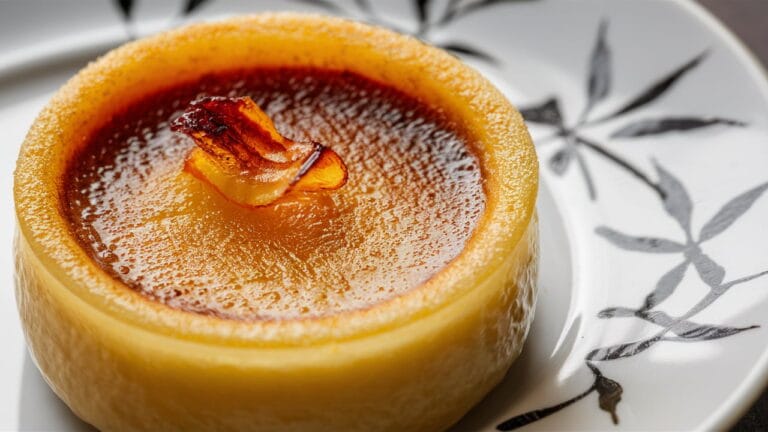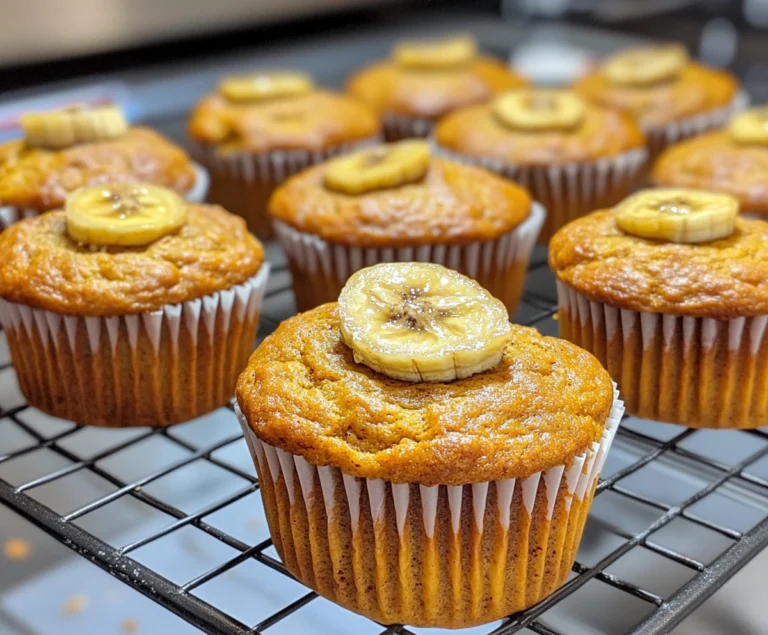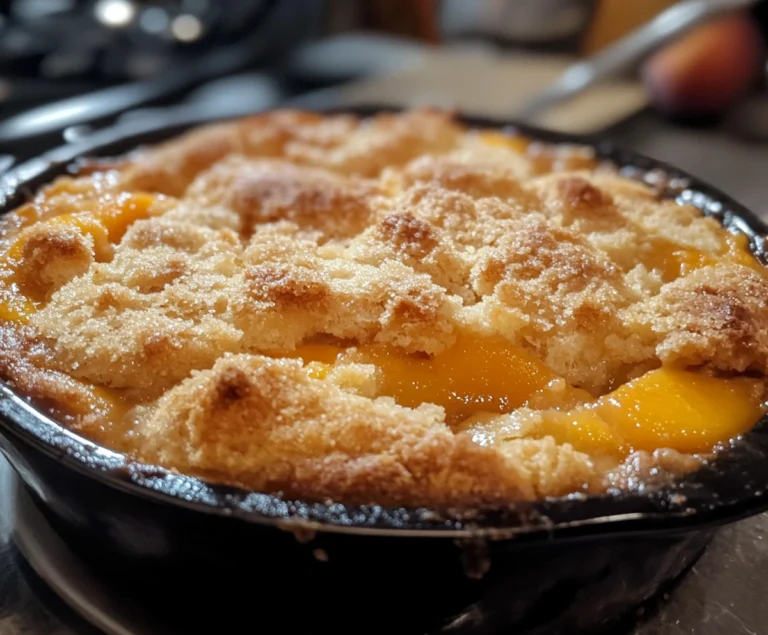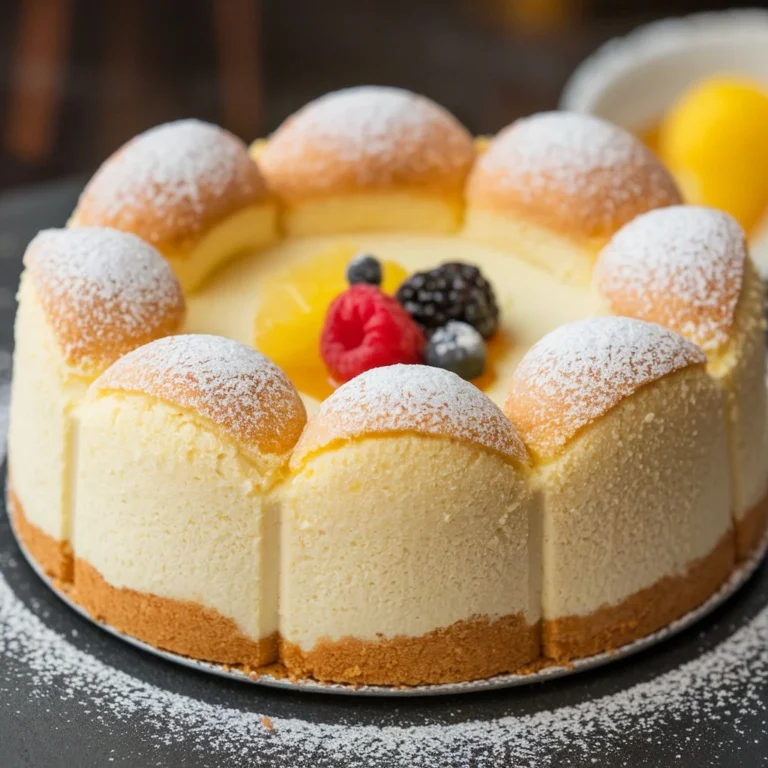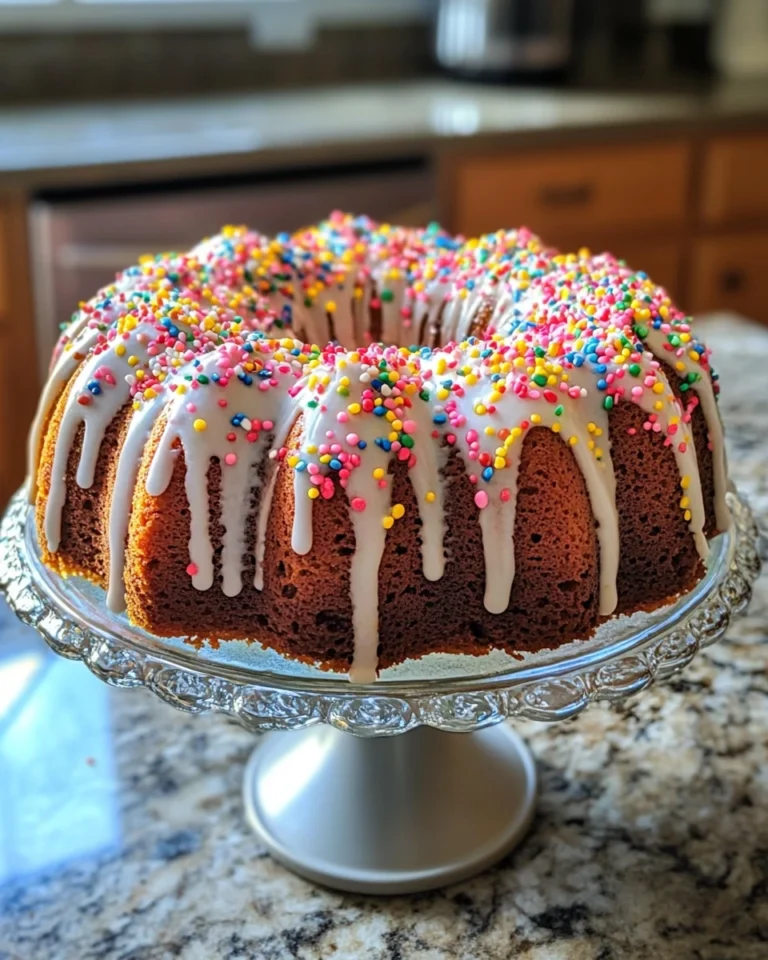What is the Difference Between Brownie Batter and Dough?
What is the Difference Between Brownie Batter and Dough?
Understanding the differences between brownie batter and dough is crucial for bakers at all levels. Though both terms are commonly used in the baking world, they refer to two distinct mixtures that lead to very different results. From their texture to their applications, batter and dough are designed for unique purposes. In this comprehensive article, we’ll explore the key differences between brownie batter and dough, how they behave during baking, and how each one is used to create specific baked goods.
We’ll also cover how to substitute ingredients, troubleshoot common problems, and make healthier alternatives to these mixtures. By the end of this guide, you’ll have a deep understanding of how to work with both batter and dough to produce delicious, bakery-worthy results every time.
What is Brownie Batter?
Brownie batter is a smooth, pourable mixture that is primarily made up of flour, sugar, cocoa powder, butter, and eggs. This mixture is designed to create a fudgy, dense texture once baked. Batter, in general, has a higher water content than dough, which gives it its signature liquid consistency. When baked, brownie batter transforms into a moist and rich dessert due to the combination of fat from the butter and the water content from the milk or eggs.
This high water content also makes brownie batter more fluid and easier to spread evenly into a pan. Once baked, the moisture in the batter evaporates slowly, which helps retain the dense, moist texture associated with brownies.
For those looking to experiment with healthier ingredients in their brownie batter, check out this unique recipe for black bean brownie batter. This recipe substitutes flour with fiber-rich black beans, creating a fudgy and gluten-free dessert.
Common Ingredients in Brownie Batter
- Flour: Provides structure and stability to the brownies.
- Cocoa powder: Adds the rich chocolate flavor.
- Butter or oil: Adds moisture and fat, which helps create a tender, fudgy texture.
- Sugar: Sweetens the mixture.
- Eggs: Binds the ingredients together and adds moisture.
- Baking powder: Provides some lift to the brownies, though it’s used in smaller quantities compared to cakes.
Key Characteristics of Brownie Batter
- Smooth and Pourable: Brownie batter is pourable due to its higher water content. It’s easily spread in a pan before baking.
- Fudgy Texture: The combination of fat, eggs, and sugar creates a dense and moist texture once baked.
- High Fat Content: Butter or oil plays a crucial role in the texture and richness of brownie batter.
For more brownie variations, try this creative prune cupcake recipe, which introduces prunes for added sweetness and moisture in baked goods.
What is Dough?
In contrast, dough is a much firmer mixture that can be shaped, rolled, or kneaded by hand. Dough is primarily used in recipes where the final product requires more structure, such as cookies, bread, and pastries. The lower water content in dough makes it denser, and often the addition of yeast or baking powder allows the dough to rise.
Dough requires a different handling technique compared to batter. It’s often kneaded to develop gluten (in flour-based doughs), which gives it elasticity and strength. This makes dough ideal for creating products that need to hold their shape, such as bread and pizza crusts.
For a different take on dough-based desserts, check out this guide to making almond flour cupcakes, which offers a gluten-free alternative to traditional cupcakes.
Common Ingredients in Dough
- Flour: The primary ingredient that provides the structure.
- Butter or shortening: Adds moisture and richness.
- Eggs: Binds the ingredients and adds structure.
- Water or milk: Provides moisture to help the flour form a dough.
- Yeast or baking powder: Allows the dough to rise and gives it structure.
Key Characteristics of Dough
- Firm and Malleable: Unlike batter, dough holds its shape and can be kneaded, rolled, or shaped.
- Lower Water Content: Dough contains less water than batter, making it denser and more solid.
- Requires Kneading: For many recipes, dough needs to be kneaded to develop gluten, which gives it its elasticity.
Key Differences Between Brownie Batter and Dough
Understanding the differences between brownie batter and dough is essential for achieving the desired results in baking. Let’s explore these differences in detail:
1. Consistency
- Brownie batter is smooth, thick, and pourable due to its higher liquid content.
- Dough is firmer, denser, and can be shaped or rolled by hand.
2. Water Content
- Batter contains significantly more water or liquid ingredients, which makes it more fluid and easier to pour.
- Dough has less water, resulting in a firmer, more solid consistency.
3. Handling
- Brownie batter is typically poured or spread into a pan before baking.
- Dough is often kneaded, rolled out, or shaped before baking.
4. Baking Process
- Brownie batter transforms into a dense, fudgy texture when baked.
- Dough becomes a firmer, more structured product, such as cookies, bread, or pizza crust.
Common Baking Applications for Brownie Batter and Dough
Knowing when to use brownie batter versus dough is critical for achieving the right texture and consistency in your baked goods. Each mixture serves a unique purpose in baking.
Brownie Batter
Brownie batter is used to create soft, moist, and fudgy treats. Its higher liquid content helps produce a dense, rich texture.
Common Applications:
- Brownies: The classic use for brownie batter.
- Cakes: Especially for dense, rich chocolate cakes.
- Cupcakes: Particularly those that call for a fudgy, dense crumb.
For more ideas on how to work with batters, take a look at this creative guide to making coffee cupcakes with frosting variations.
Dough
Dough is used for baked goods that need to hold their shape or have a chewy, flaky texture. The lower water content in dough ensures that the final product is more solid and structured.
Common Applications:
- Cookies: Cookie dough is shaped and baked into firm, chewy treats.
- Bread: Dough is kneaded and allowed to rise, creating a light, airy texture when baked.
- Pastries: Dough is often rolled and shaped into croissants, pies, or pizza crusts.
For more dough-based ideas, try this recipe for homemade banana zucchini bread, which offers a moist, delicious take on a classic bread recipe.
Health and Nutritional Differences Between Brownie Batter and Dough
The nutritional profile of brownie batter versus dough can vary significantly depending on the ingredients used. Typically, brownie batter contains more sugar and fat due to the inclusion of butter and cocoa powder. Dough, on the other hand, often contains more carbohydrates due to the higher flour content.
Brownie Batter
- Higher in Sugar and Fat: Brownie batter usually contains more sugar and fat, contributing to its rich, fudgy texture.
- High in Calories: Due to the butter and sugar, brownie batter is more calorie-dense.
Dough
- Higher in Carbohydrates: Dough tends to have a higher carbohydrate content, thanks to the larger quantity of flour.
- Lower in Fat: Depending on the type of dough, it may contain less fat than brownie batter.
For those looking for healthier alternatives, you can make substitutions in both brownie batter and dough to lower the calorie count or increase the nutritional value.
Variations and Substitutions
One of the joys of baking is the versatility it offers. Both brownie batter and dough can be adapted to meet dietary preferences or to create new flavors and textures.
Turning Brownie Batter into Dough
You can modify brownie batter to create a dough-like consistency by increasing the amount of flour and reducing the amount of liquid ingredients. This technique is often used to create brookies, a combination of brownies and cookies.
Ingredient Swaps
- For Healthier Brownie Batter: Replace butter with coconut oil or avocado oil to reduce saturated fat. You can also use almond flour instead of regular flour for a gluten-free option.
- For Healthier Dough: Swap white flour with whole wheat or almond flour to increase fiber content. You can also reduce sugar or use sugar substitutes like stevia or monk fruit.
Adding Flavors
You can easily customize both brownie batter and dough by adding ingredients like nuts, chocolate chips, or spices. For example:
- Add cinnamon or nutmeg to cookie dough for a spiced flavor.
- Stir in chocolate chips or caramel into brownie batter for an extra indulgent treat.
FAQs About Brownie Batter and Dough
Can you turn brownie batter into cookie dough?
Yes! By adjusting the ratio of flour to liquid, you can create a dough-like consistency from brownie batter. This can be used to make cookies or brookies.
Which is healthier: brownie batter or cookie dough?
It depends on the recipe, but typically cookie dough may have less sugar and fat compared to brownie batter. Brownie batter, however, is often richer due to the added butter and cocoa.
What happens if you over-mix brownie batter?
Over-mixing brownie batter can lead to a denser texture due to the overdevelopment of gluten in the flour. To avoid this, mix the batter just until the ingredients are combined.
Can I bake dough instead of batter?
Yes, but the results will differ. Dough is firmer and bakes into more structured products like cookies or bread, while batter bakes into softer, moister desserts like brownies or cake.
Conclusion
Knowing the difference between brownie batter and dough can greatly enhance your baking. Whether you’re craving fudgy brownies or chewy cookies, understanding how each mixture behaves will help you achieve the perfect result. From the pourable consistency of batter to the firm, shapeable texture of dough, these two mixtures serve very different roles in baking.
For more baking inspiration and ideas, check out this mini cupcake recipe guide, which showcases how to work with different types of batter for the perfect cupcakes.
By mastering the techniques for working with both batter and dough, you can take your baking skills to the next level and create delicious treats every time!


